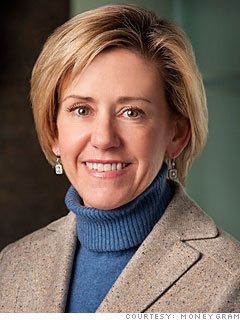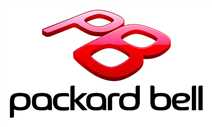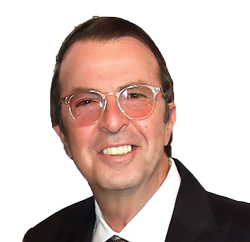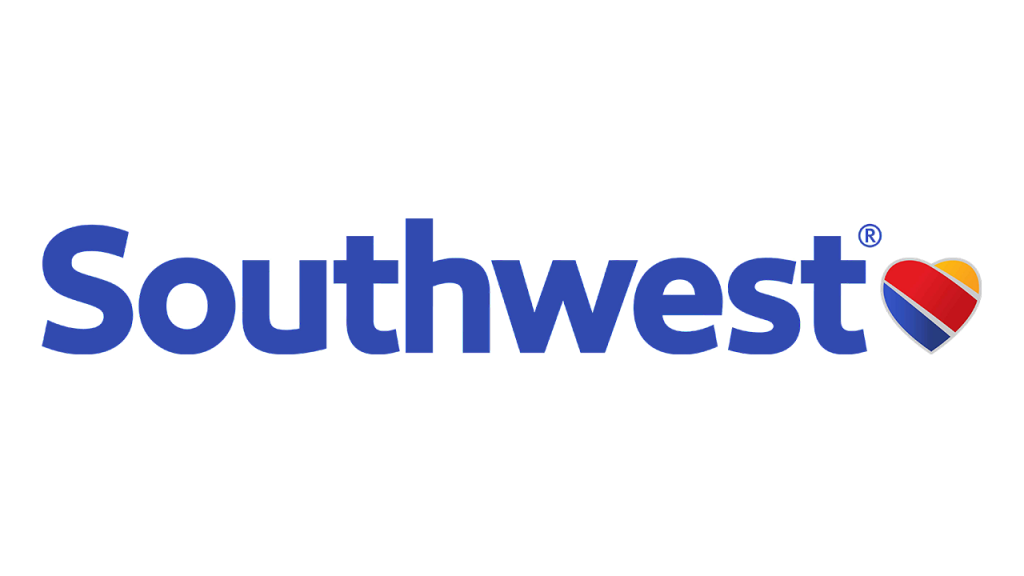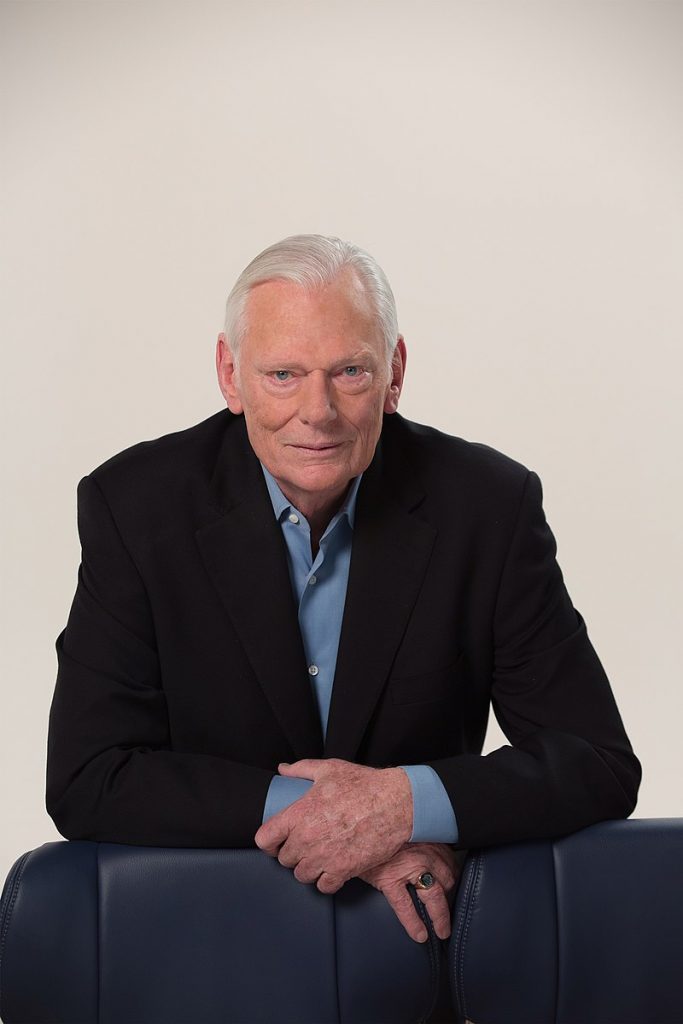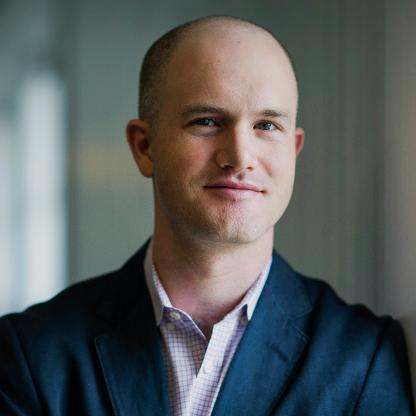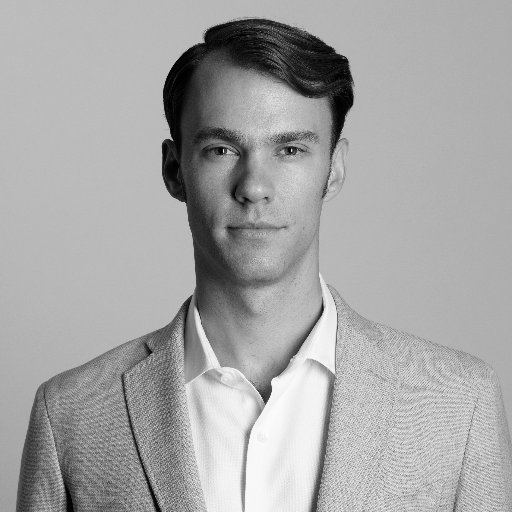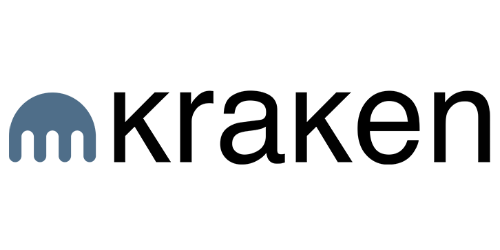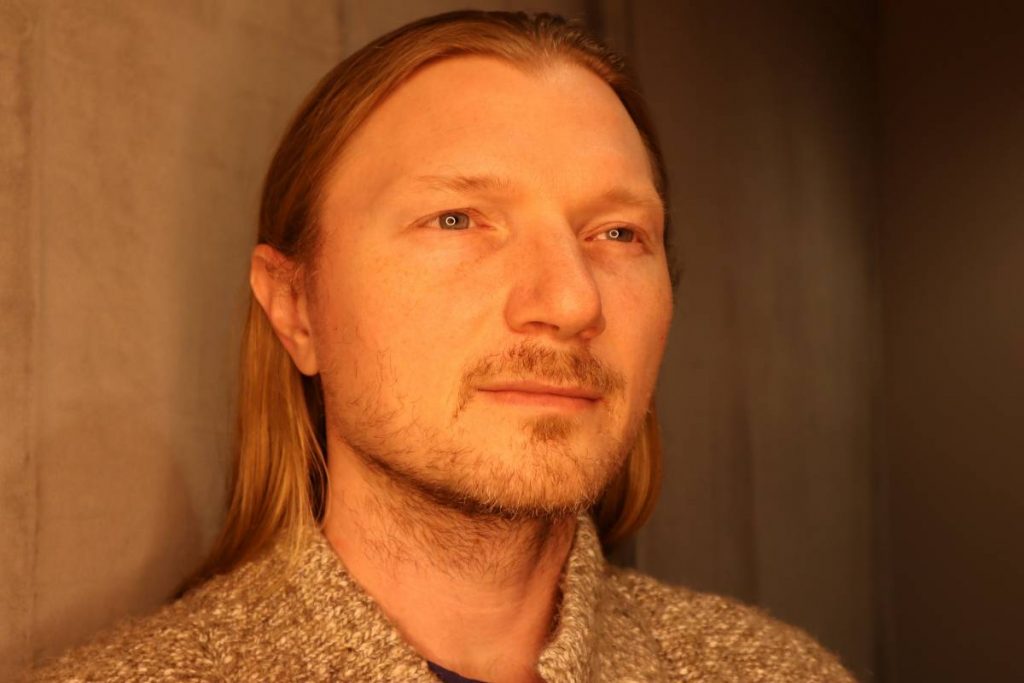Gaana.Com – Success And Transformation of India’s Largest Music Streaming Service
Listening to music is a major part of our daily lives especially when it comes to Gaana.com. We don’t specifically schedule a time for that but throughout the day we just keep the music on. From traveling to working late on a Monday evening, music is our constant companion.
Previously we use to share music videos through apps like Xender and Shareit. But, the unlimited source of data has made our lives easier. Nowadays, we prefer listening to music online and kudos to online music streaming platforms.
Gaana.com is India’s largest commercial music streaming service. It serves users worldwide with currently 150 million active users.
History of the Founding Team
Until 2013, Avinash Mudaliar was the head of Gaana.com and a part of the founding team as well. After he left the company in 2013, Pawan Agarwal became the new business head of Gaana.com. This year, hiring some senior-level positions took place which included the VP of marketing and ad tech as well.

Satyan Gajwani served as the CEO of the company and the services escalated after the formation of a new team. Though the company started its platform since 2010, in 2013 the company released mobile apps for Android, iOS, BlackBerry and J2ME devices.
Journey since the beginning
In April 2010, the launch of Gaana.com took place as a music streaming platform. Gaana.com provided both Indian and international content from the beginning. In 2005, the registration of the domain name, Gaana.com took place. But, the company emerged under Times Internet since 2010.
The company gained huge momentum from the very beginning and the success of the company was jaw-dropping.
The New Era
The company made a new management team in 2013 and since then a lot has been changed. Gaana.com came into a partnership with the South Indian Music Companies Association in 2013. It gave the company rights and access to 79 different labels of music. This enriched the content of Gaana.com and undoubtedly attracted millions of customers.
In October 2015, Micromax acquired a stake at Gaana.com. And, in 2016, a serial entrepreneur, Prashan Agarwal became the CEO of the company. Before joining Gaana.com, Prashan founded PropTiger.com (2011) and 19miles.com (2015). He has a Bachelor’s degree from IIT Kanpur and an MBA from the Indian School of Business.
Under Prashan’s leadership, Gaana.com has transformed completely. After he joined the company, the company’s market grew seven times its size. He has truly given more meaning to India’s digital music platform.
Under Prashan’s leadership
Previously, the internet wasn’t available to every corner of India. But now with the appearance of the digital era and on top of that, the 4G network played ace for Gaana.com. Due to the high-speed internet, the rural population for the first time got to use a music platform like Gaana. This helped the company to reach every part of the country and gain users rapidly.
Currently, Gaana.com offers music from twenty-one different languages, but consumers prefer English and Punjabi songs mostly. Prashan predicts that within the next two years the monthly users might hit 400 million. The consumption of regional music has also grown twenty-five times in India.
It’s not only about Bollywood
Gaana.com is not only about promoting songs from Bollywood movies. Many independent artists are emerging these days and Gaana.com provides them a platform to nurture their talents. Not only has it helped the artists to gain recognition but also how to understand their fan-base.
Gaana has released a new feature called Artist Dashboard. Through this feature, artists can understand the kind of music their fans like to listen to.
And then there is Artificial Intelligence
I can think of no such fields where the application of AI is not possible. After Prashan joined the company in 2016 he has focused on AI.
To become a great musician you have to be a great music mixer as well. And, software based on AI and ML has made it a lot easier. So basically if one can master the art of programming he or she can just grab the best award for music composition. This is no joke.
The exact concept is what Gaana trying to implement in its platform. Through the tools based on AI, it is easy to understand the personal taste of music. And once that is achieved the platform can provide music recommendations accordingly. This is a boon for both the provider and the user as well.
So, this is the next big plan of Prashan thus driving a massive profit and success for the company.

Annasha Dey is an NIT student, who apart from studying engineering is also a content writer. She has a great interest in photography, writing, reading novels, and travelling as well. She is a foodie who loves socializing and hanging out with her friends. She is also a trained Kathak dancer and a big fashion enthusiast. Dey also loves watching TV series, which includes F.R.I.E.N.D.S. and Big Bang Theory. To be a better writer she prefers to read more


